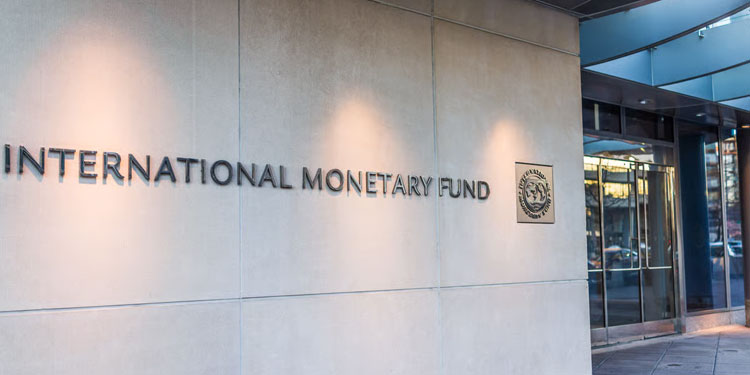
This is because the IMF expects cryptocurrencies to someday create a shift from the use of credit money to commodity money.
The IMF has been paying a lot of attention in recent times towards blockchain technology and cryptocurrencies.
Christine Lagarde, the Managing Director of the IMF has come out in support of the use of cryptocurrencies and the IMF has actually showcased bitcoin on the front page of its website. Their latest research paper reinforces this support by saying that crypto assets may become more widely adopted in the future. The report also predicts that cryptocurrencies could even take over economy in some parts of the world and on some e-commerce networks and fiat money will take a back seat.
The study points out that the global financial crisis has made many people doubt the current status quo and have turned to digital assets since they are viewed as more trustworthy. Calling it a ‘payment shift’ the report states that more people across the world are now open to using digital assets as a mode of payment and this could soon result in a change in the way money is created.
Fiat Money Could Give Way To Crypto
The origins of money have been debated for a long time and this pattern of shifting between commodity and credit money has happened throughout history. Digital assets are considered commodity money, meaning they have intrinsic value and not the value assigned to them by a central bank, which is how fiat money functions. An increased demand for digital assets means that the demand for central bank money is likely to decline.
The IMF paper made some recommendations about how banks should respond to this possible threat. One of these is to ensure that fiat currencies become better known as units of account. Crypto assets find this difficult because of how volatile their value is. Fiat money can then stand in as a way to anchor the market, representing a way to valuate objects for the long-term.
The other option for central banks is to release their own digital currencies. Though this is difficult, it should put them on equal standing with cryptocurrencies. Finally, the paper states that the banks should try their best to regain the trust of the public so that they can remain relevant in the market.